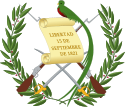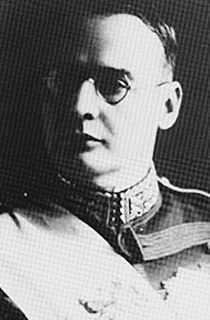
Jorge Ubico Castañeda, nicknamed Number Five or also Central America's Napoleon, was a Guatemalan dictator. A general in the Guatemalan army, he was elected to the presidency in 1931, in an election where he was the only candidate. He continued his predecessors' policies of giving massive concessions to the United Fruit Company and wealthy landowners, as well as supporting their harsh labor practices. Ubico has been described as "one of the most oppressive tyrants Guatemala has ever known" who compared himself to Adolf Hitler. He was removed by a pro-democracy uprising in 1944, which led to the ten-year Guatemalan Revolution.
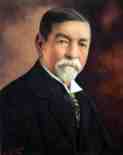
José María Reina Andrade was the acting President of Guatemala from 2 January 1931 to 14 February 1931.

José María Orellana Pinto was a political and military leader in Guatemala. He was chief of staff of President Manuel Estrada Cabrera and President of Guatemala between 1921 and 1926, after overthrowing Conservative Unionist President Carlos Herrera. During his rule the Quetzal was established as the currency of Guatemala. Orellana Pinto died under suspicious circumstances in 1926 at the age of fifty-four. He was buried in the Guatemalan capital with state honors.
Luis Cardoza y Aragón was a Guatemalan writer, essayist, poet, art critic, and diplomat born in Antigua Guatemala but who spent a good part of his life living in exile in Mexico.
Chacón is a Spanish surname. Notable people with the surname include:

Manuel Aguilar Chacón was head of state of Costa Rica from April 1837 to March 1838.

General elections were held in Guatemala between 6 and 8 February 1931. In the presidential election Jorge Ubico was elected unopposed, after the remaining sector of the old Liberal Party did not object to his candidacy, whilst the Conservative Party was too disorganised and discredited from the Lázaro Chacón González era to put forward a candidate. Ubico's Progressive Liberal Party, formed by a union of the two wings of the divided Liberal Party also won the parliamentary election unopposed.

General elections were held in Guatemala on 5 December 1926. The presidential election resulted in a victory for Lázaro Chacón González, who received 88.6% of the vote. Whilst the elections were rigged, the Progressive Liberal Party did manage to win some seats in the Congress.
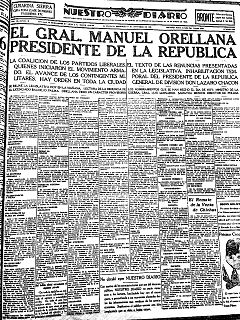
A coup d'état occurred in Guatemala on 17 December 1930, which ousted president Baudilio Palma; then, Congress appointed coup leader Orellana Contreras as the new President of Guatemala in a legislative presidential election.
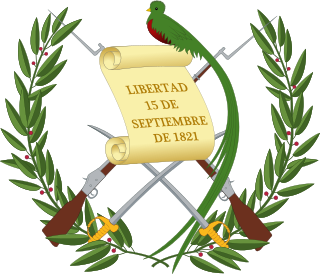
Constitutional Convention elections were held in Guatemala in June 1927. Lázaro Chacón González put 33 senior officers on the official list of candidates, and whilst civilian leaders of the Liberal Party were also on it, the fact that most of them were members of the armed forces suggested that González was determined to dominate the Convention.
The Dirección General de Aeronáutica Civil (DGAC), in English the General Directorate of Civil Aeronautics, is the civil aviation authority of Guatemala. Its headquarters is on the property of La Aurora International Airport in Zone 13 of Guatemala City.

Ramón Rosa Soto was a prominent lawyer, journalist, politician and liberal writer of the second half of the nineteenth century. He was the ideologue of educational changes of Liberal Reform in Guatemala and then in Honduras. He served as Principal Minister during the rule of his cousin, Dr. Marco Aurelio Soto and was associated with Soto's mining investments.
Federico Hernández de León was a Guatemalan writer, historian and journalist. He graduated from the Instituto Nacional Central para Varones of Guatemala, with a high school diploma in 1900. Active politically, was arrested during the last few years of the government of president Manuel Estrada Cabrera, being held in the Central Penitentiary of Guatemala until the president was deposed on April 14, 1920. After his release, he went straight to take over the Diario de Centro América semi-official newspaper of Guatemala at the time. Later, he directed Nuestro Diario along with Carlos Bauer Aviles.

Manuel María Orellana Contreras was a Guatemalan army officer and politician, and from 17 to 31 December 1930, de facto interim President of Guatemala, after leading a coup d'état that ended Baudilio Palma interim presidency. Palma, in turn, had been appointed president only four days earlier, when president Lázaro Chacón González suffered a stroke and was forced to resign. At the moment the coup took place, orellana Contreras was commander of the San Rafael de Matamoros Fort in Guatemala City.
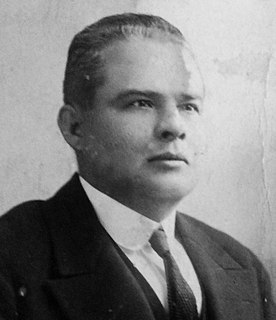
Baudilio Palma was acting President of Guatemala, in place of general Lázaro Chacón González, from 13 to 17 December 1930, when he was deposed and probably assassinated after coup d'état led by general Manuel María Orellana Contreras, who appointed himself as president. Several authors argue that he might not have been killed, but went into exile to El Salvador, where he would have died on 19 June 1944.
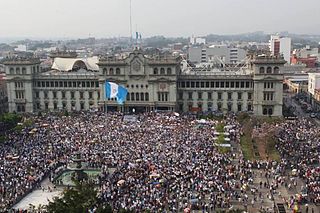
La Línea corruption case began in Guatemala on April 16, 2015, when the International Commission against Impunity in Guatemala and State prosecutors accused a number of politicians in the administration of President Otto Pérez Molina of setting up a customs corruption ring with the help of high-ranking officials in the tax and customs administration. Several demonstrations ensued, calling for the resignation of Pérez Molina and his vice-president Roxana Baldetti. Among the accused were the retired captain Juan Carlos Monzón, and the directors of the Tax Administration Superintendency or Superintendencia de Administración Tributaria, (SAT), an entity analogous to the US Internal Revenue Service. Baldetti resigned in early May, to the joy of thousands of demonstrators.
Laura Bendfeldt (1920-1948) was a Guatemalan women's rights advocate and educator. She was one of the teachers who was shot during the teacher's protest which occurred on 25 June 1944. She was one of the founders of the women's rights group Comité Pro-Ciudadanía.
